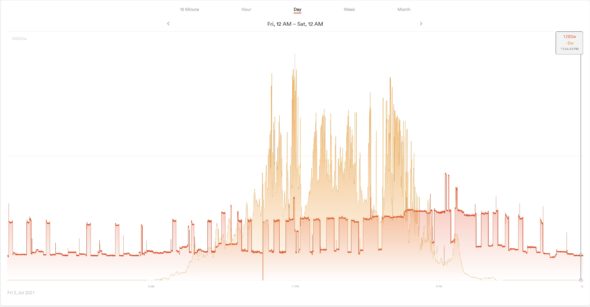Backyard Summertime Nature in New Jersey.
Daily Walkabout, today with a Nikon Df camera and 70-300 mm VR lens. The thing I like about this camera is that it light for a DSLR, and has the same full-frame 35 mm sensor as the Nikon D4 camera. I have to admit that the camera failed on me once while in Antarctica when the shutter failed. The 70-300 mm lens is also relatively light. Yesterday, I said it had been some time since I had seen a hummingbird moth. Well, today the Hummingbird Clearwing Moth (Hemaris thysbe) returned. And I took a lot of pictures. Feeding on Bee Balm flowers, Cosmos flowers, and Zinnia flowers.

Hummingbird Clearwing Moth Feeding on Bee Balm Flowers. Click on the above image to access the individual images in the slideshow.

Hummingbird Clearwing Moth Feeding on Cosmos Flowers. Click on the above image to access the individual images in the slideshow.

Hummingbird Clearwing Moth Feeding on Zinnia Flowers. Click on the above image to access the individual images in the slideshow.
Daily Electric Energy Used (66.1 kWh) from Sense and Daily Solar Electric Energy Produced (65.5 kWh) from SolSystems and Locus Energy. Fewer clouds and more sun. The WaterFurnace geothermal HVAC had to work harder (25.6 kWh) because the temperature outside went above 90°F. Daily net deficit 0.6 kWh.
One note — the WaterFurnace Symphony software indicated the system used 16 kWh, however the Sense Energy monitor indicated that the geothermal heat pump used 25.6 kWh. I tend to believe the Sense numbers since they more closely the energy being recorded at the external power company (PSE&G) meters. I’ve asked the WaterFurnace folks in the past about the discrepancy, but they didn’t have a good answer. The Sense folks told me they thought that the WaterFurnace/Symphony system was only measuring one phase of the energy even though the system is powered by the 220V circut (using two phases). I wish an electrical engineer that understands this better would correct me here.

Current Weather Conditions
powered by Ambient Weather





